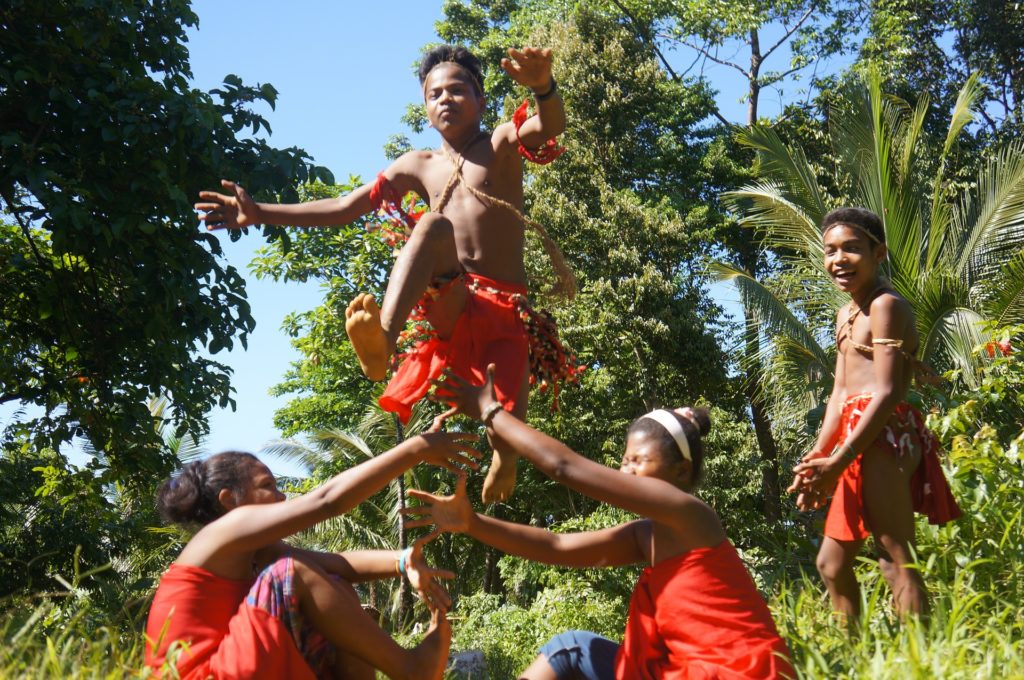If you enjoy watching Filipino dances you will be happy with the article about the easiest Filipino folk dances with steps. Someone who has visited the Philippines might notice the various physical features of a Filipino. We have dark skinned, fair skinned, and the in-between skin color, not dark and not fair. We call it Morena for the female and Moreno for the male. The Philippines is made of different regions and each one has its own language. Tagalog is not the only language Filipinos speak as many are spoken, like Ilocano, Cebuano, Waray, Tausug, Kapampangan, and Chavacano. Most Filipinos have all learned Tagalog for it is one of the academic subjects taught in school, although the curriculum promotes each native language to be practiced in school.

Now without a further ado let’s see what Insider Monkey has investigated for us. We have picked two of the easiest Filipino folk dances with steps.
The first one is Sayaw Sa Banga. A folk dance hailed from Kalinga in Luzon is the Sayaw sa Banga. Banga is an earthen jar used by women to fetch water, and the dance portrays a warrior claiming his bride. It is also a dance to entertain the guests. Women balance six to eight jars on their heads, and not a single pot should fall down. The basic steps of Sayaw sa Banga are small bouncing steps, stomp, and brush to the beat of wind chimes. The hands are usually on the waist or stretched sideward. The next folk dance is Pandanggo Sa Ilaw. We are continuing our list of easiest Filipino folk dances with steps with a dance derived from the Spanish word fandango is the very popular folk dance in the Philippines, Pandanggo sa Ilaw. Oil lamps were traditionally used in this dance, but later on, they started using a glass with a candle instead. The more modern version uses battery powered lamps. This dance originated in Mindoro where the women used their oil lamps to guide fishermen back to the shore. Oil lamps (or glasses with candels, or battery powered lamps) are carried in both hands and on the head as well. The dance is in 3/4 rhythm and the beat of the music becomes faster and faster. The dancers wore baro’t saya for women and barong Tagalog for men. The basic step for Pandanggo sa Ilaw is touch-step-touch and do-si-do accompanied by clapping or snapping of fingers.
For any further useful information, read Insider Monkey’s article about 7 easiest Filipino folk dances with steps




